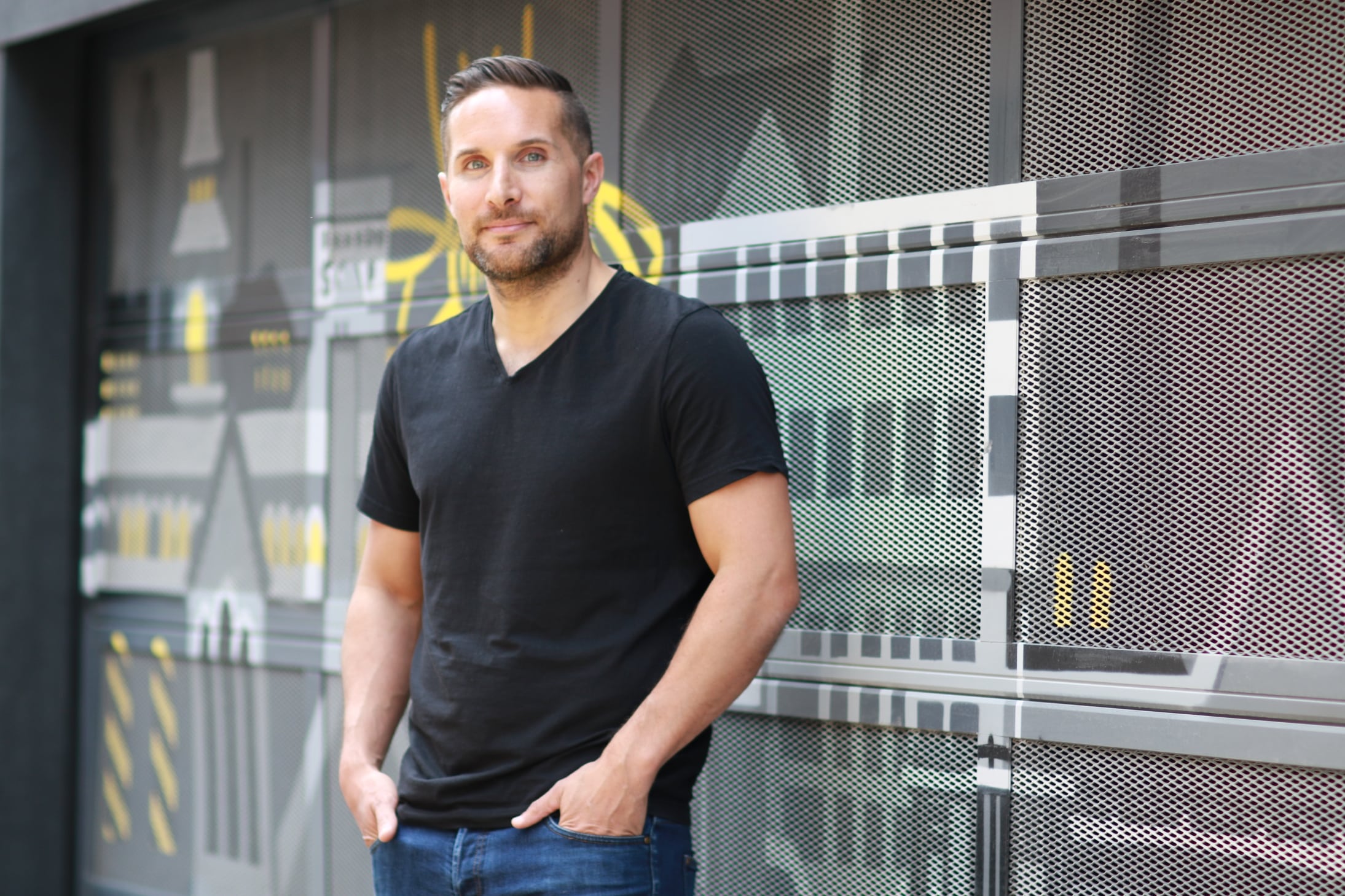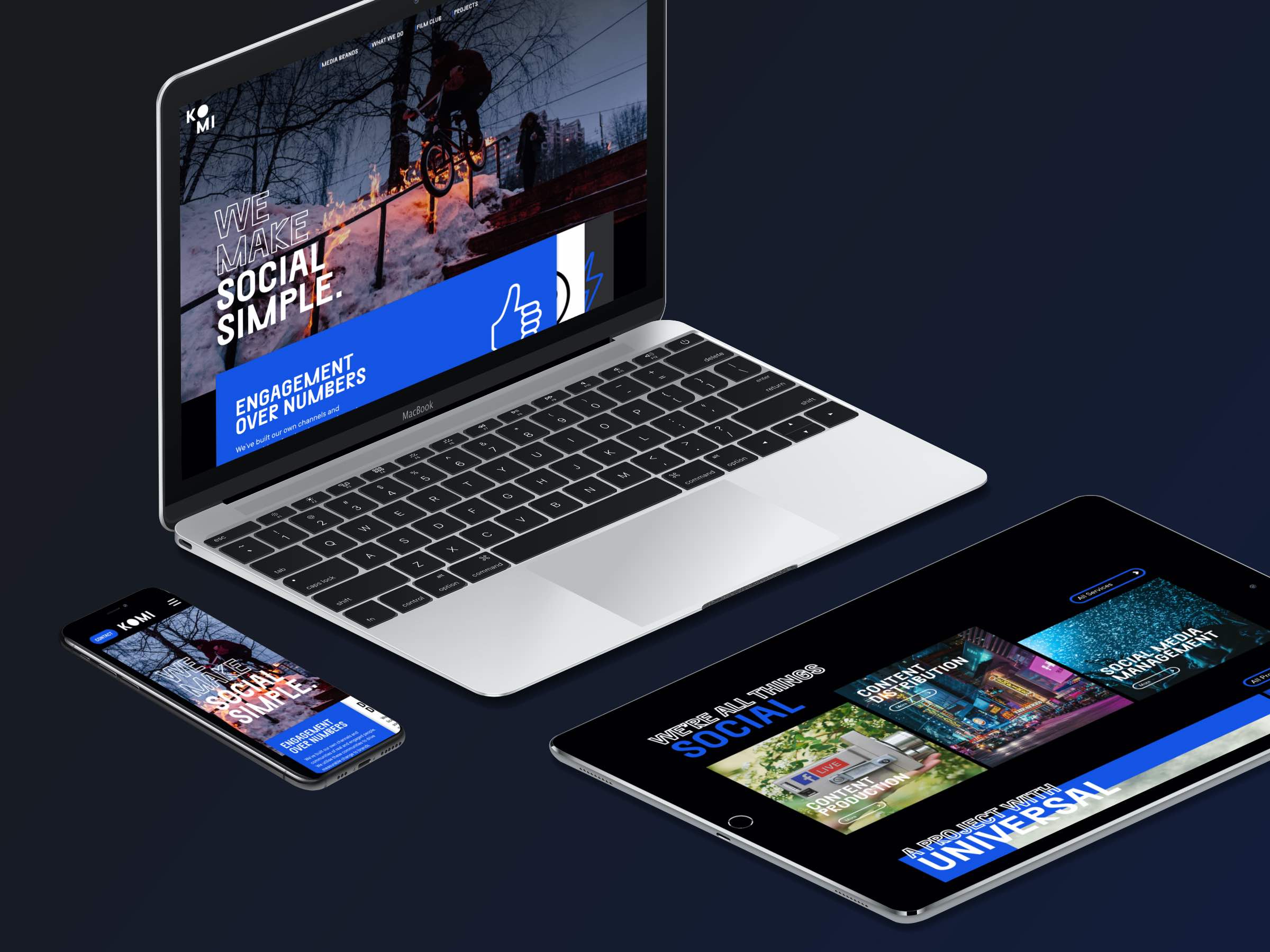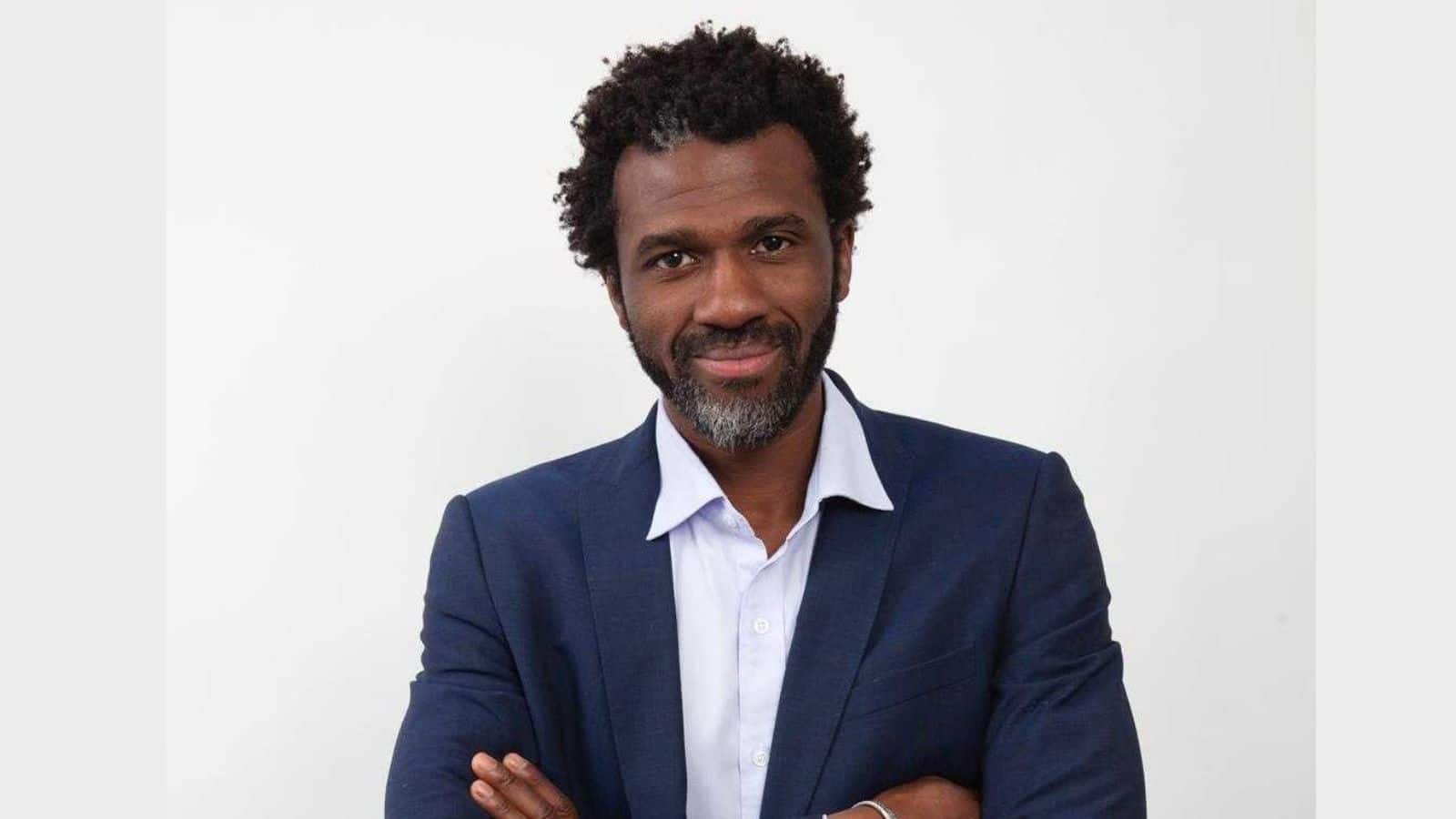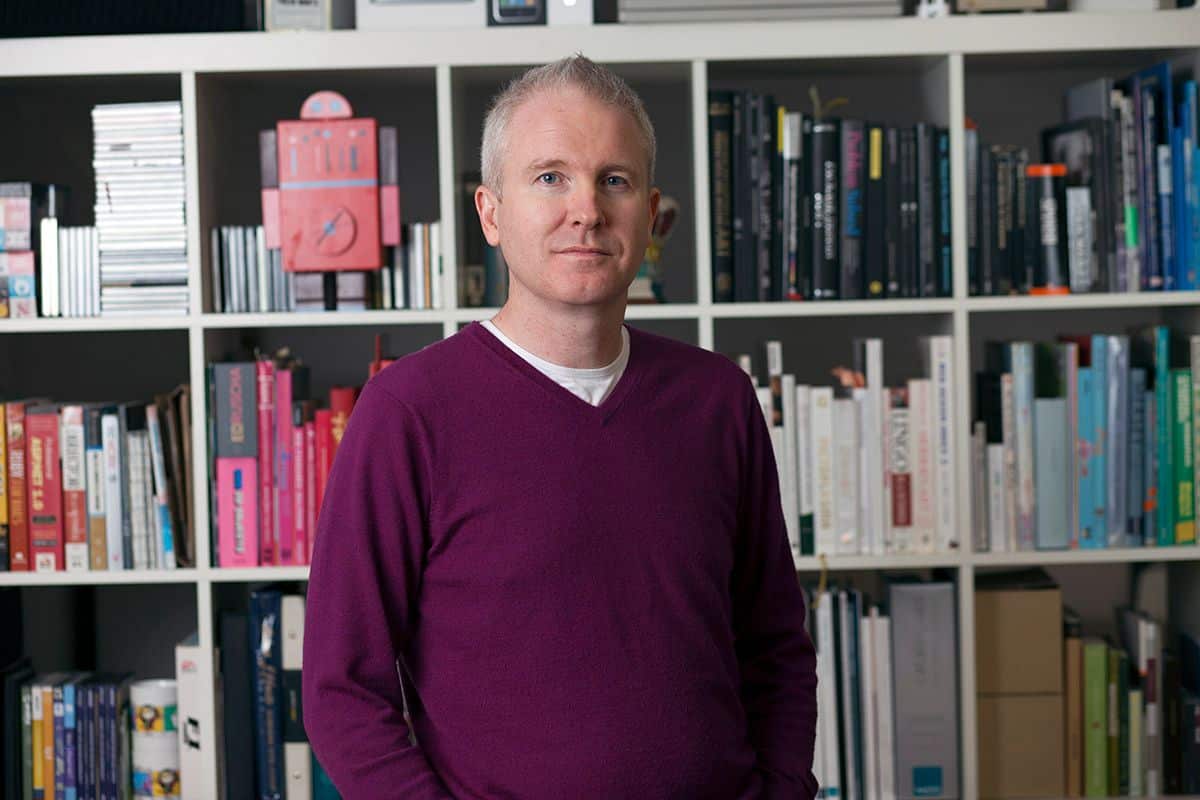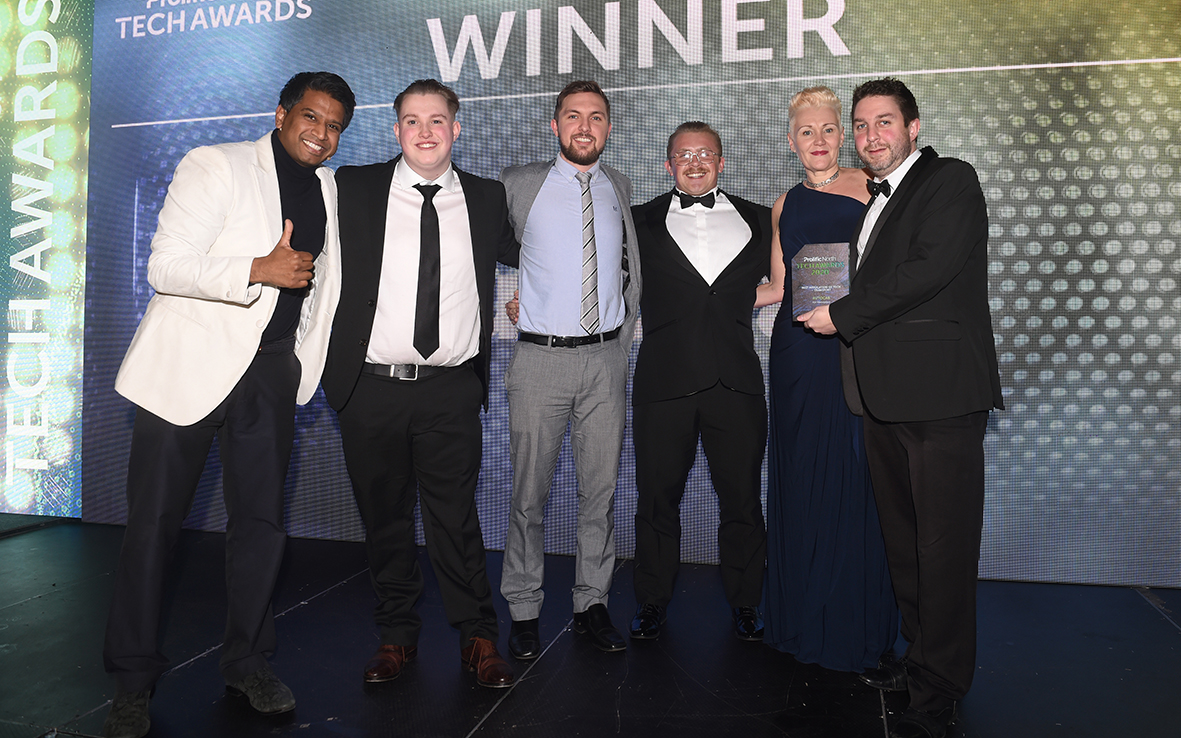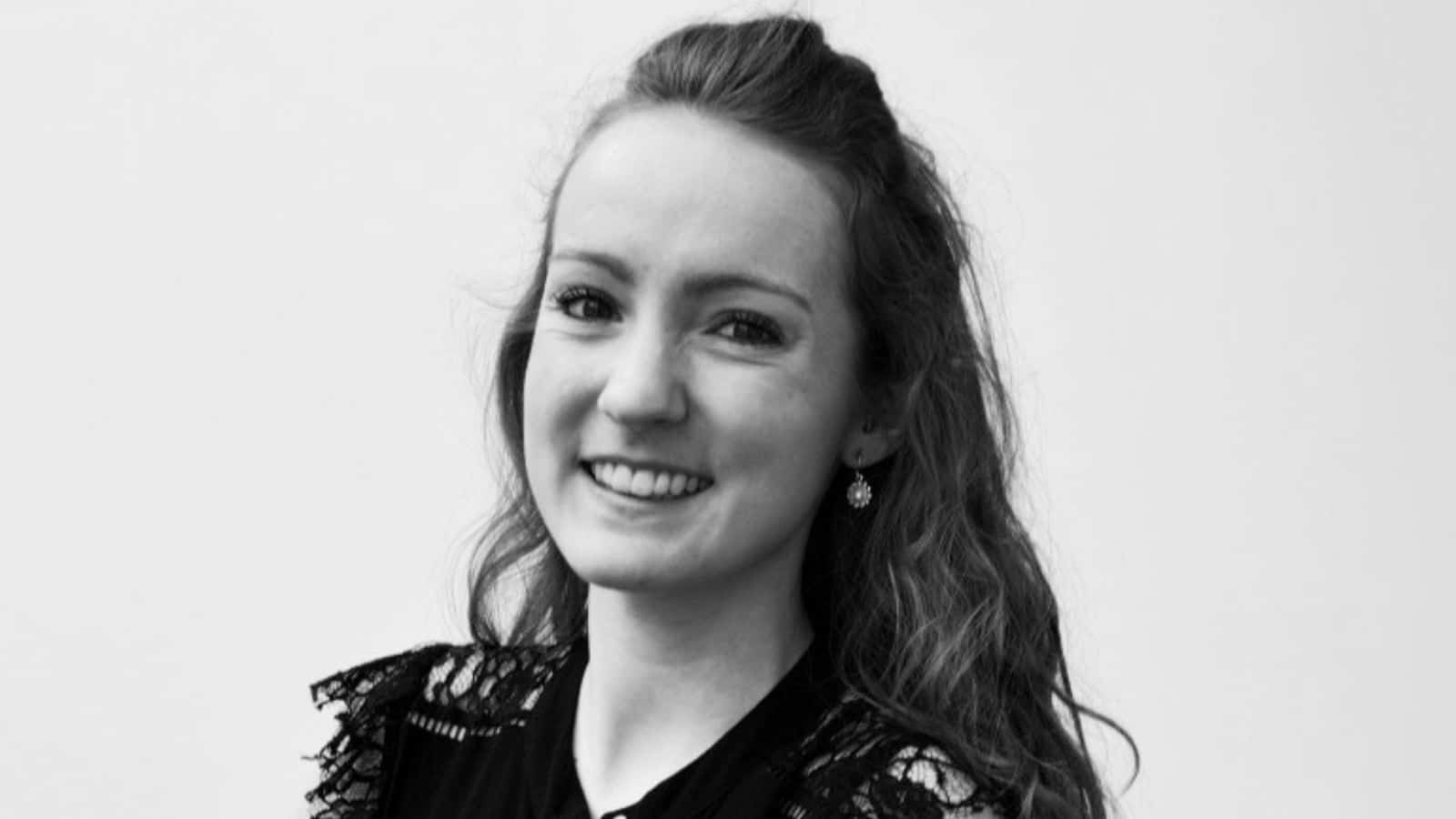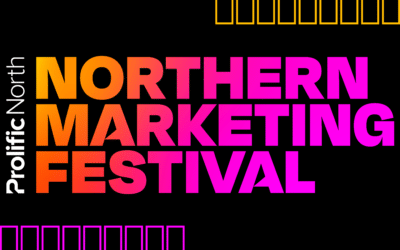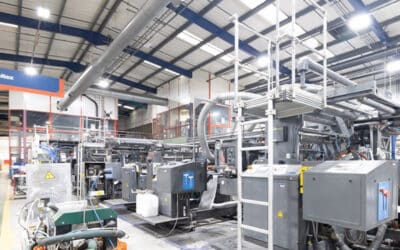2022 will be a year where we will continue to see businesses remodeling, learning from lessons over the past two years. Months of lockdown restrictions and isolation resulted in an influx of delivery services promising to deliver a weeks’ worth of groceries in less than an hour, without the need to even step out your front door. But at what cost does this have to the environment, and on consumer conscience?
In 2022, we can expect to see a conflict between convenience and conscience, as consumers battle the need for instant gratification with a responsibility to protect our environment.
Convenience will always be a winner for consumers and companies alike, but as the year progresses, we will see more businesses looking to strike a balance between consumer convenience and climate conscience.
1
Dan Faraday-Foster, Managing Director at Steamhaus

In 2022, UK businesses are set to increase the amount they spend on employee mental health and wellbeing by as much as 18%, according to a report from Bupa.
This increased investment is going to provide companies with more resources to implement a mental health policy that is tailored and more meaningful to employees. For example, in the past, where factors in an individual’s personal life have had an effect on their work, business leaders may suggest paid leave or shorter working days. This can help, but ultimately the business has to support whatever staff need to feel better. This includes introducing processes that ensure staff don’t feel judged for needing to adapt their usual routine – such as the ability to book a mental health day in the same way they would a ‘regular’ sick day.
A greater focus on mental health will also see companies recruiting more mental health advocates, as well as reviewing existing roles: such as the CEO, which is now taking on new meaning as ‘chief empathy officer’.
1
Simon Bollon, Founder and Director at Boutique
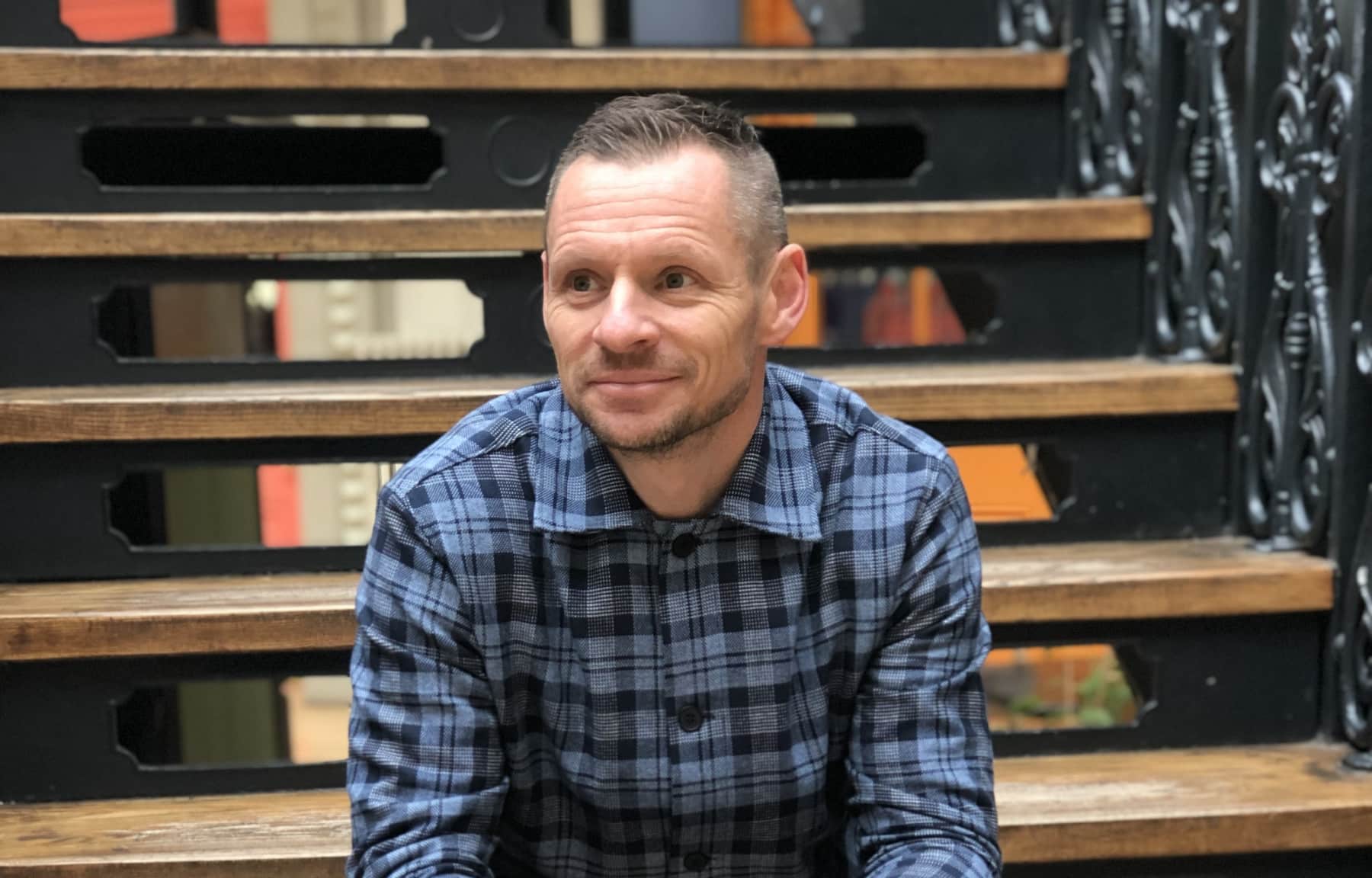
The trick here is the balance between predictions for the next 12 months and nodding toward bigger, societal and industry wide long-term change such as the metaverse.
I’ll start with an overriding negative which is a flattening of the economy and a slowdown on business growth. We saw Q4 disappoint for many brands, and I anticipate growth will be tough for brands in 2022. It will require significant investment to win in 2022 and I anticipate some big category winners but also many losers. Lockdown feels inevitable and Covid won’t be any less of a societal issue in December than it is right now.
I correctly predicted last year (well done me!) that 2021 was the year of TV. More advertisers and more revenue than ever before. That trend and the success stories will be the evidence digitally native brands need to invest in non-digital channels and therefore I see overall media investment growing across TV, print, outdoor and radio. We’re predicting higher growth in our media department than we are in PR or Digital because more brands are reaching the glass ceiling of digital and seeing that real brand growth comes from above the line advertising.
1
Nikki Scrivener, Co-founder and Director, Fourth Day PR
We’ll need to draw on the resilience and flexibility that we’ve built up over the past couple of years, as we start the year with a new wave of challenges. Communicating clearly with customers, partners and employees will be key for businesses again, as they look to provide reassurance and instil confidence.
From organisations that need to tailor their messaging to reflect potential supply chain challenges, staff recruitment and retention issues or committing to bold ESG targets, for example, a collective desire to be clear and more authentic in how we communicate is one positive we can take away from everything that has happened during the pandemic.
We are seeing a new openness and humility in the way companies tell their stories. So, despite everything, this is an exciting time for the comms industry. Companies are putting people and purpose first and they can see the value this can have on their bottom line.
1
Chris Buckley, Managing Director at Pixel Kicks
In 2022, we will see more and more agencies and creative businesses start to accept cryptocurrencies for projects and retained work as well as ecommerce businesses. The rise in the popularity of crypto has been phenomenal over the past few years and is now considered by many as a solid alternative payment option. There is, of course, still hesitancy and a lack of understanding, but the benefits are numerous. These include lower fees, potential exposure to new more tech-savvy audiences, increased security and quicker transactions.
It will take a certain leap of faith for firms to shift their mindsets away from the traditional invoice/bank transfer payment model, but it is happening and will gather momentum. It’s just a matter of time and confidence. We’ve already started taking crypto – it’s been easy to adopt, and we are predicting that more clients will be wanting the option moving forward.
1
Matt Smith, Strategy and Experience Director at CTI Digital

Over the last year, the initial panic and disruption caused by the pandemic has given way to businesses realising that their large, complex and technical debt-ridden platforms have been one of the biggest barriers to them adapting to this new reality. For many businesses, adapting meant surviving.
For many, they had to cobble something together with what they had, taking precious time and preventing them from meeting users’ needs as well as their more nimble competitors did. Others gave up on their current platforms entirely, instead leveraging SaaS platforms that gave them the agility they didn’t have themselves.
It’s in this context that we’re now seeing more and more businesses seeking to overhaul their platforms into something simpler, more user-centric and ultimately nimble. What this work uncovers is that often the platform they had is just a symptom of a deeper set of organisational problems. Fixing those is what really makes an organisation able to respond to their next big challenge.
1
Katie Gallagher, Managing Director at Manchester Digital
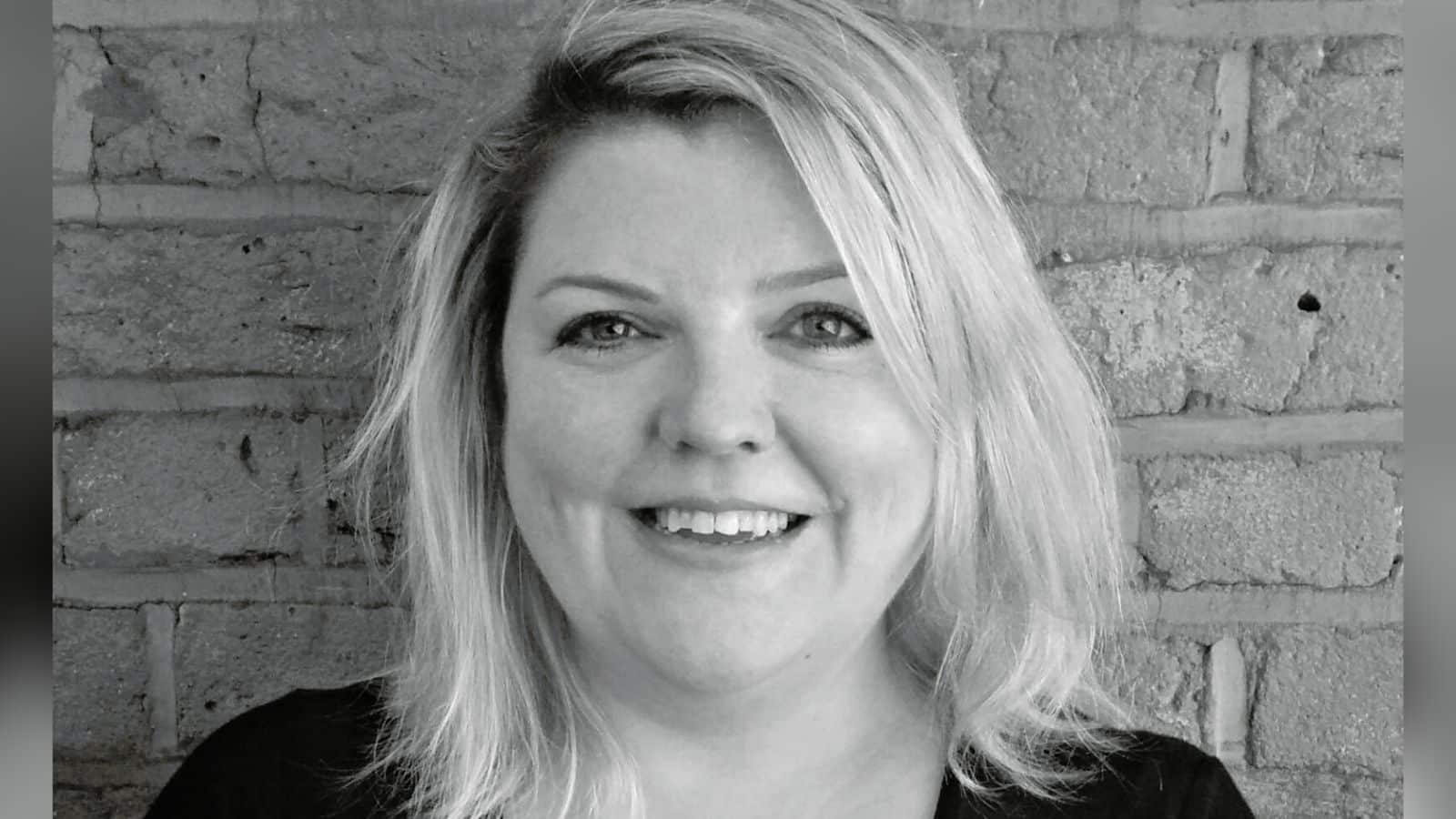
The majority of tech and digital businesses across the North have seen business booming. Many of those who worked with struggling sectors, such as travel, hospitality or conferencing, have already pivoted their client base.
Specific skills shortages, such as software developers and data scientists, mean that these businesses will continue to struggle to fill the skills gaps, which in turn can impact their growth trajectory. This also means that smaller agencies and start-ups will increasingly find it hard to compete with wage inflation we’re seeing in larger companies. As we await the Government’s delayed Levelling Up report, the North will continue to see the growth of its tech and digital industry in key cities such as Manchester, Leeds and Newcastle.
Manchester will also see an influx of health tech and environmental tech start-ups that are fitting into our already well-known and robust tech industry. We will also see the cyber and defence sector continue to grow from strength to strength, following the announcement earlier this year of a ‘Cyber Corridor’ in the North West.
1
Koray Erol, Head of Licensing at KOMI Group
Over the past few years, content licensing has become a central pillar of marketing for brands but it is going through a seismic shift with the power that has been largely focused on agencies moving to creators themselves.
This will continue swiftly into 2022 and beyond. In reality, that simply means that content creators now have more options to choose from when it comes to licensing their content. No longer are they reliant on a limited pool of agencies which have historically dominated the sector.
It’s no underestimation that effective User Generated Content can now really make or break a brand as content is what keeps most of us engaged. The power of traditional advertising is dying, whilst UGC can truly demonstrate authenticity, deliver audience reach and drive connections. This can only be a force for good as it democratises content creation and puts the power in the hands of those who actually create what we’re all viewing.
1
Achille Traore, Founder and CEO at White Label Loyalty
2022 will see headless technology at the forefront of commerce. It means more flexibility, more integration and less siloed solutions. This is because the growing trend of direct to consumer (D2C) channels will flourish next year. Undeniably, D2C marketing brings its own set of consequences, including the ongoing focus on consumer experience, which will bring more pressure on brands to work well with data, personalisation and a completely frictionless and smooth experience across different channels.
However, headless commerce will become critical even in B2B in 2022 as it will be the make or break of acquiring, retaining and engaging a business customer. This includes loyalty technology, which will have an even stronger focus on data-driven strategies and will see crypto making its way into innovative rewards programs.
1
David Newton, Founder and Creative Director at BGN Agency
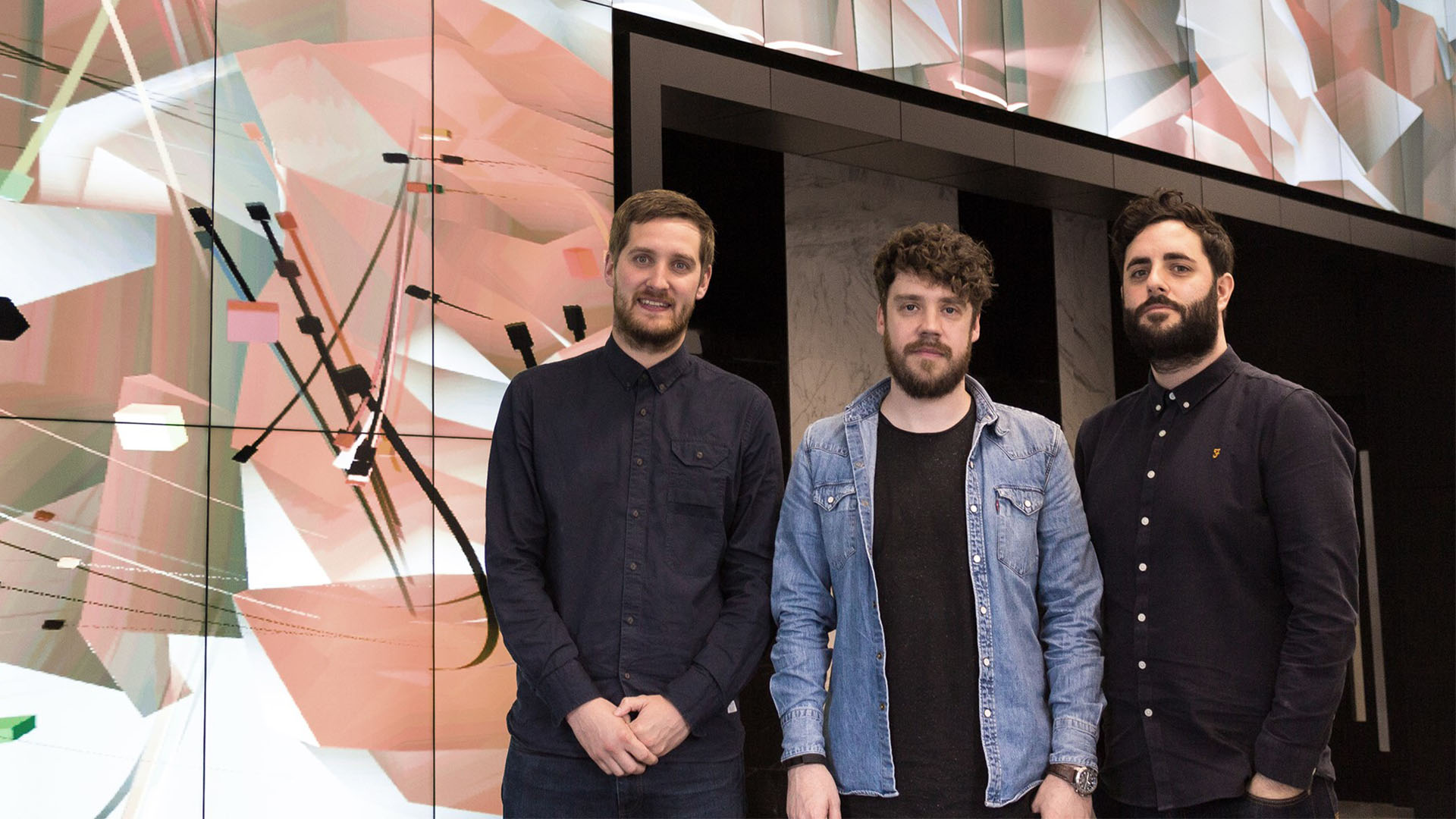
We all hope that 2022 is going to be a year of rebound and growth after the worst of the pandemic comes to an end. Since the start of COVID, brands of all sizes have realised the indisputable fact that everything they do needs to work as hard as possible to achieve maximum gain, engagement and commercial return. In the past, there has been a trend for creative to stand alone. If it’s aesthetically pleasing and is ‘on brand’, then job done. However, more and more brands are realising that approach just doesn’t cut it anymore and that great creative needs to be backed up by a thought out, cohesive and targeted strategy.
Gone are the days of clients being focused on just the look of their brand or a specific campaign execution – they quite rightly want planning and strategic alignment. That’s something I welcome, that we have championed since we set up, and think is long overdue in the wider industry. As brand and marketing specialists, it’s our core purpose to deliver aesthetically beautiful work but also work that is based on real insight. I hope that 2022 is the year that we turn that corner as only then will we all truly deliver the value that clients deserve.
1
Anthony Diver, Managing and Creative Director at Mosquito
The far extremes of technology will try to enter the mainstream brand conversation. We are already seeing major brands using blockchains to market themselves – even Coca-Cola has traded NFT assets. Allowing consumers to not just ‘engage’ and ‘connect’, but to ‘own’ a part of a brand you love is a powerful thought, one which although may be seen as a tech-fad, is a shift-change on how digital communities and decentralised brand ideas can start to be discussed, invented and tested for longevity – a brave new world of brand comms potentially awaits.
1
Jenny Burns, CEO and Lou Cordwell OBE, CCO at Fluxx and magneticNorth

We have a huge opportunity to design better futures for companies and their customers. Successful leaders will capitalise on shifting user needs, respond to disruption and look after their people. We’ve identified three big trends affecting people, process and planet.
The pandemic brought a seismic shift in the way we work that has disrupted our lives forever. The democratisation of how and when work gets done, paired with an unavoidable detachment of the traditional confines of location and structure, means our people are forcing leaders to rethink their employee brand proposition.
Fostering happy, healthy communities is at the top of the agenda after a year like no other. Cities in the north are thriving. Manchester, recently heralded as the innovation and technology capital, now requires high-speed, hyper-connectivity to make experiences simple and efficient. We’re ushering in an era of automation and data optimisation alongside the environmental implications of a new infrastructure and growing privacy concerns. The decisions we make about our lived environment today will decide the effects of this change tomorrow.
1
James Addlestone, Chief Strategy Officer at Journey Further
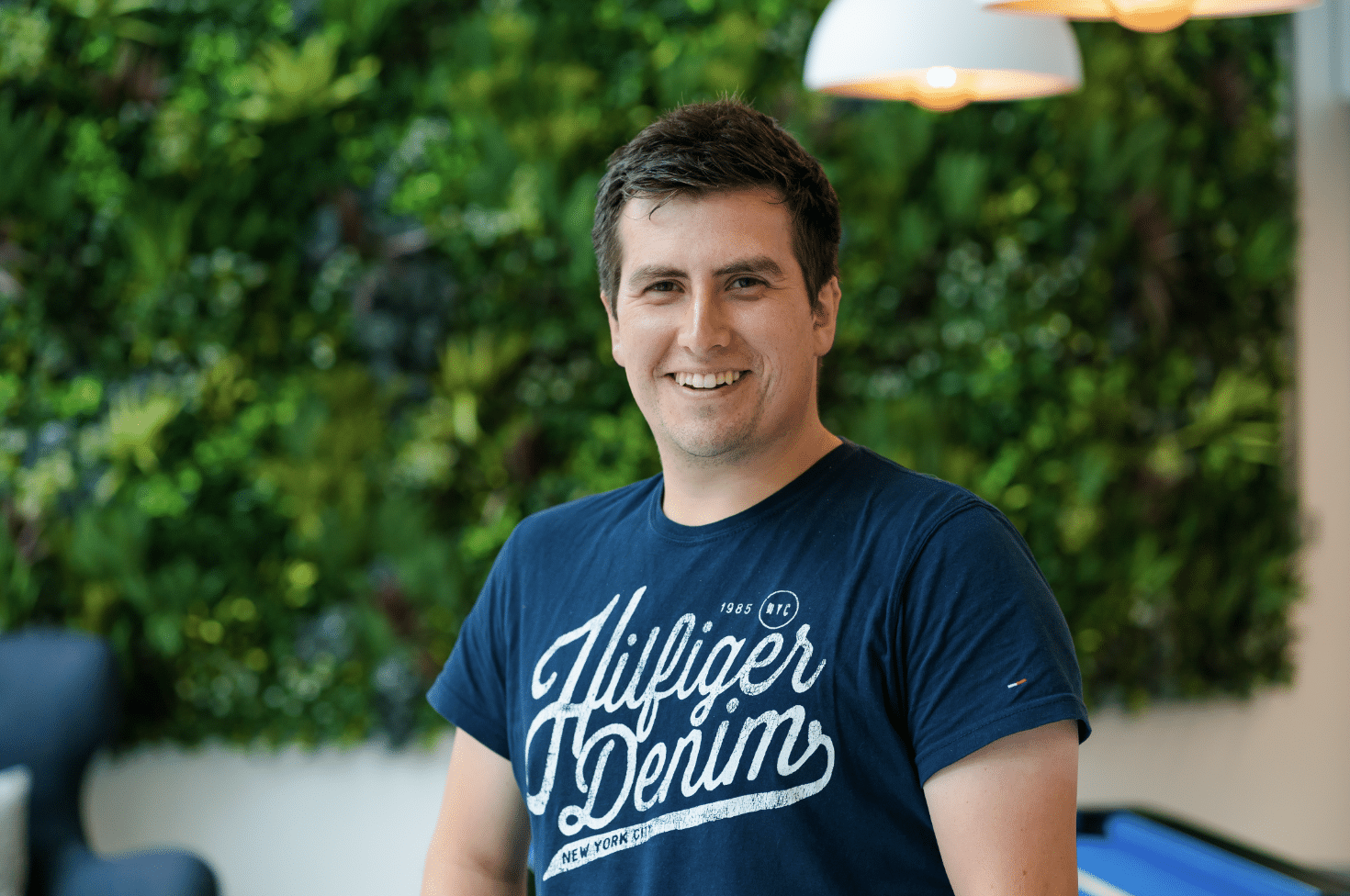
There are multiple step-changing technologies ostensibly on the cusp of reaching mainstream adoption. This includes ‘immersive tech’ and functional implementations of blockchain technology. But I expect the cause of the biggest change next year to be more inconspicuous.
As we reappraise how we physically connect in the workplace, with less desk space and fewer office days, the pace at which we organise ourselves into leaner, agile, cross-functional teams will by necessity increase. As a result, we will shift further towards a ‘volume + experimentation’ led approach to content creation and deployment, potentially accelerated by mainstream adoption of AI-generated content to experiment with.
Many brands will grapple with balancing short-term ‘optimisation’ with a longer term brand-led approach. Those who succeed will balance content that appeals to “system 1” and “system 2”; the Elephant and the rider; ultimately the data and the human.
1
Gary Hilton, CEO at GAS Music
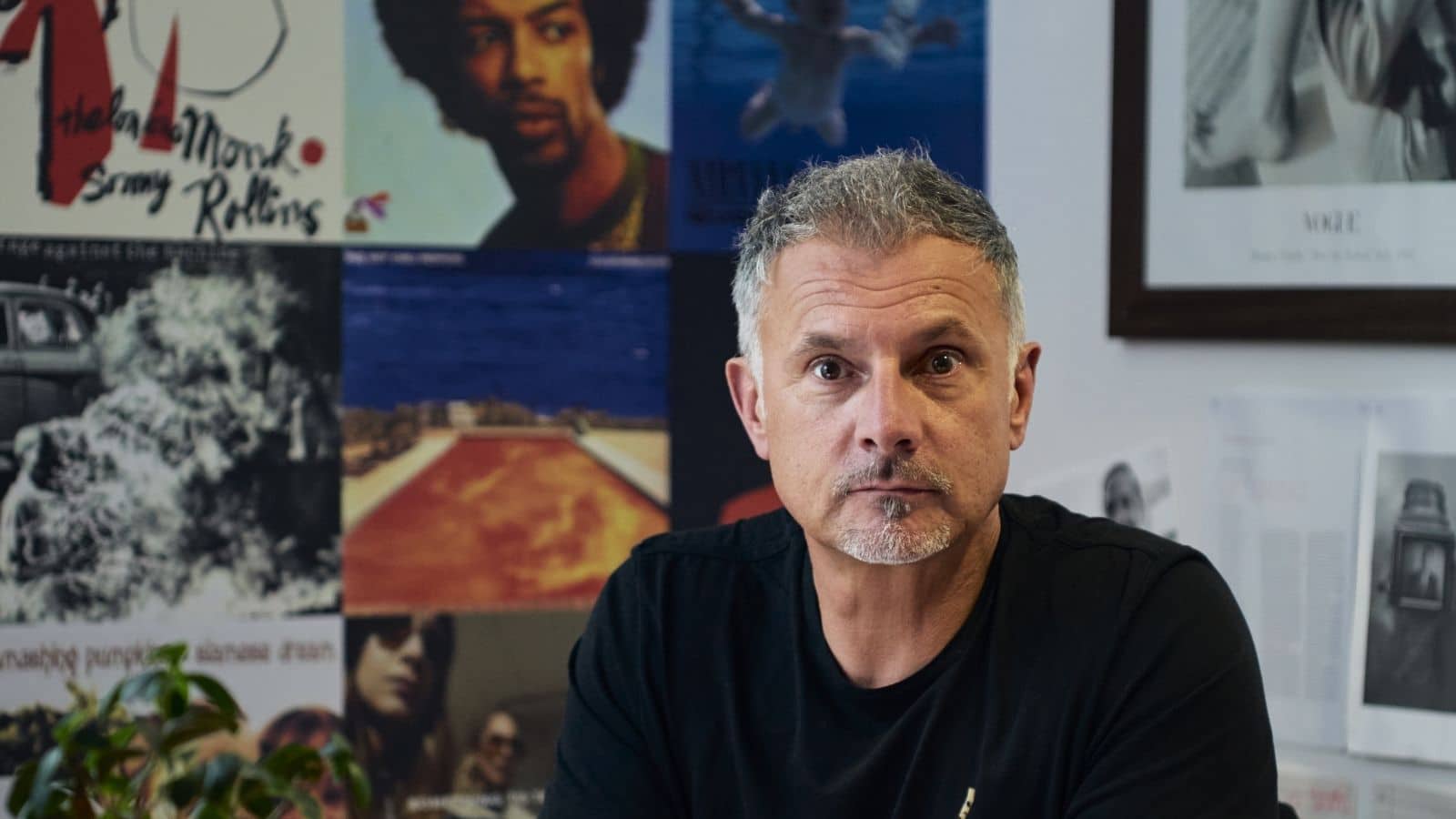
The sad thing is we haven’t moved on since the late, great Anthony H Wilson said “we do things differently here..!” and have fragmented into ploughing isolated paths when we should be standing proudly together and really challenging and promoting each other’s work and development, pushing each other to be better.
We can compete, Levelling Up will be ‘the proof in the pudding’. Striving to be better, using the output of London as a benchmark to surpass. Levelling Up is a huge advantage. It’s cheaper to ‘make stuff’ up here, so why not advertise that very thing?
As for Soho, we have Salford and Media City, we have the city, Northern Quarter and Ancoats, we have city centre and peripheral agencies Havas and McCann – we have one-man bands, independent agencies and where we had the belief, the tenacity, the worker bee, the swagger.. we’re waiting for a kick up the backside. Big mouth needs to strike again, take control.
2022 needs to be Manchester’s year, we’re adding the GAS, let’s all get on the track, take pole position and drive…!
1
Victoria Aspinall, Strategy Director at CreativeRace
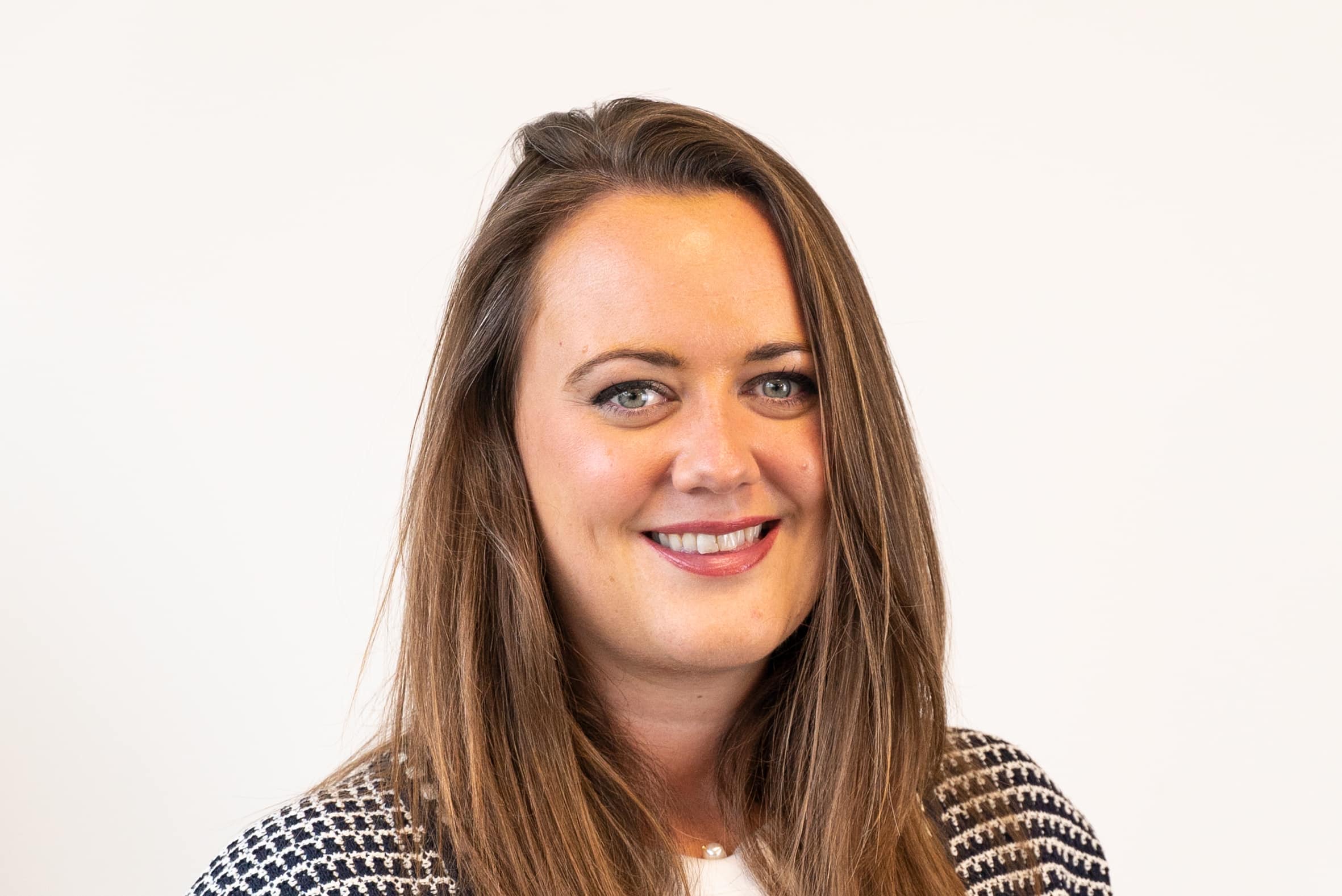
In our opinion there really is no ‘one big trend’ for 2022. As human beings we’re notoriously bad at predicting the future – nevermind in times of global change. We’ve just come through one of the biggest (hopefully!) periods of upheaval we’ll see, and we’re still battling the unknown. And with that comes changing consumer needs and marketer priorities.
In our view, the next ‘big’ thing for 2022 needn’t be a glossy new technology or necessarily anything ‘new’ for that matter. Instead, 2022 should be about going back to basics to reset and realign. It’s about getting the fundamentals right. There will be lots of “newness” around (new products, new brands, new needs), but the brands that will make an impact will be the ones that focus on cutting through this noise, avoid the ‘sea of sameness’ and bring strategically-led creativity to table – creativity that is rooted in what people really value and allows your brand to become integral to their everyday.
On a tactical, tangible level that means we’ll see brands going back to the foundations – ensuring they truly understand their post-Covid customer, brand and competitive set and using these insights to make sure they continue to have a distinctive, relevant proposition and positioning that drives both brand salience and business growth in this ‘new normal’.
1
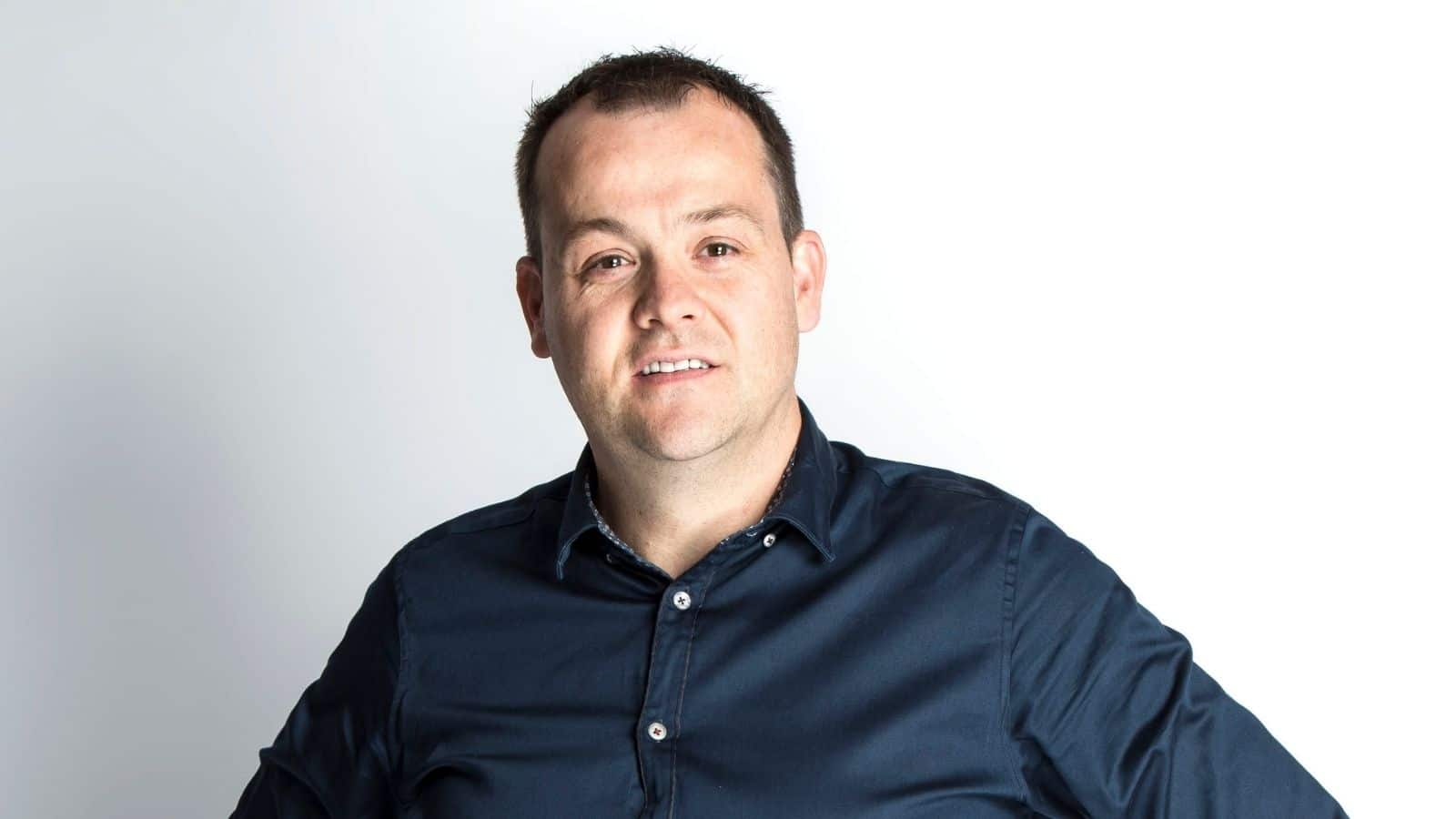
The pandemic has certainly increased the demand for entertaining video content on platforms such as TikTok, but the demand won’t go anywhere as we navigate through a “new normal” in 2022. Platforms that were never a video first channel such as Instagram, have begun to adapt by streamlining its video function earlier this year to offer a more “discovery friendly” service, which indicates the expectation that video will be king on all social channels, not just on TikTok and YouTube.
This demand will naturally lead to social video taking a step forward in marketing strategies, no longer being an afterthought but being a focus. Brands won’t be able to just jump on TikTok trends for quick wins though. Consumers are looking for authentic content only, so brands are going to have to bring their creative a-game if they’re going to cut through the noise.
Techniques such as interactive video and live streams will continue to soar, as they offer a level of personalisation that connects consumers to the brands they love. We’ve already seen a demand in clients wanting to utilise our video offering and I think within the industry we’ll see new and creative ways to bring video to the forefront of campaigns and strategies – I’m excited to see what people come up with!
1
Gez O’Brien, Creative and Strategy Director at Stardotstar
2022 is going to be the year that employers finally accept that remote working isn’t going away, no matter how many beanbags, ping-pong tables or ‘come back’ campaigns they run. To counter that distribution, better ways of working together at a distance and even time zones will emerge. I’m fully expecting start-ups to appear in this space and take the bigger corporations by surprise. Workplaces will be left with people that value the power of faster interactions and relationships, especially more creative work.
It’s also the year that I think company cultures become a significant factor in where people choose to work — and if your operations are burning through the mental and physical strengths of your people, you’ll need to spend 10x the time and cost of recruiting back.
In a nutshell then: People, Culture, Change — and great opportunities to reimagine futures in those changes.
1
Safa Alkateb, CEO at Autocab
Driver shortages have affected numerous industries over the past year. This includes the delivery and taxi and private hire sectors, where over half of drivers left during the pandemic – either due to a lack of work or better opportunities elsewhere. With demand for passenger trips and home delivery increasing, solving this crisis will remain a challenge in 2022.
A more joined-up approach to ground transportation can help to keep people and things moving around more efficiently. But it can also help to attract new drivers. By bringing together fleets of local taxi operators via a single network, it can tap into a huge resource – to get goods to customers faster, without having to build their own fleets. For drivers, this is an opportunity to increase revenue streams beyond just passenger fares.
Recruitment and retention are key, so there needs to be a concerted effort to show the potential of working in these industries.
1
Matthew Whiteway, Chief Commercial Officer at Infinity
Customer experience and the tech solutions that enhance CX will, I believe, be a key growth area across the board in 2022. Customer experience is the new battleground for businesses. The ability to listen to customers so you can really understand what they want, is vital to enhancing the experience they have when they engage with you.
If that’s on the phone, this is about understanding everything from the recurring terms and phrases that callers are using and which marketing campaigns are exciting customers the most, to whether there are any patterns or trends emerging via common complaints or sticking points for conversion.
1
Tim Edwards, Founder of supercharged commerce
I’m glad I didn’t have to make a prediction at the end of 2019, a couple of years in and we can be certain about the uncertainty of everything going on. Consumers now have massive confidence in making online purchases, and simply that most of us will probably ‘be in’ to take delivery.
Cop26 put carbon reduction, sustainability and biodiversity well and truly in the spotlight. 2022 will be an opportunity for brands to react to this challenge. Expect to see more eco packaging, efficient delivery options, and donation/offsetting messaging at checkouts. Consumers are likely to seek out brands, whose green credentials align with their own values, and credentials will need to be demonstrated by brands, all the way from product development to the door.
1
Meg Wilson-Taylor, PPC Manager at Circus PPC
PPC Experts are going to have to relinquish more control to automation than ever before. If automation is the car, we, as marketeers, need to focus on laying the road, filling the car up with petrol, and smoothing over any pot holes, to allow automation to drive efficiently and in the direction we want.
There’s currently a resistance against the idea of automation, as of course, we want total control over our campaigns and the work we’re doing. However, once people start treating automation as a tool to enhance the work we already do, it’s going to become an essential part of the way PPC experts work.
1
Amy Whitell, CEO and Co-founder of Collctiv

Over the next year we will start to see a more tangible move away from the flat, 2D, 1990’s world of ecommerce that we still currently experience, towards an experience of digital commerce that is more fluid, 3D and inherently social.
Consumer audiences that are maturing into adulthood – and at a point where they have more disposable income – will no longer be satisfied with scrolling endlessly through catalogue-style websites, or having digital billboards intruding uninvited on their online social lives at any given moment. Instead, they will want to buy products that have impact from brands they feel aligned with, both of which will be recommended by their friends.
This micro-social influencer model is an age-old truth i.e. the people we are most likely to trust when making a purchase decision are those who are closest to us. As big, inauthentic influencers start to see a decline in impact, this simple truism will more dramatically affect how consumers buy, and who they buy from. It is entirely possible that the future of ecommerce doesn’t involve websites at all, so companies will begin to start thinking hard about how they need to evolve to continue to capture consumer spend.
1








